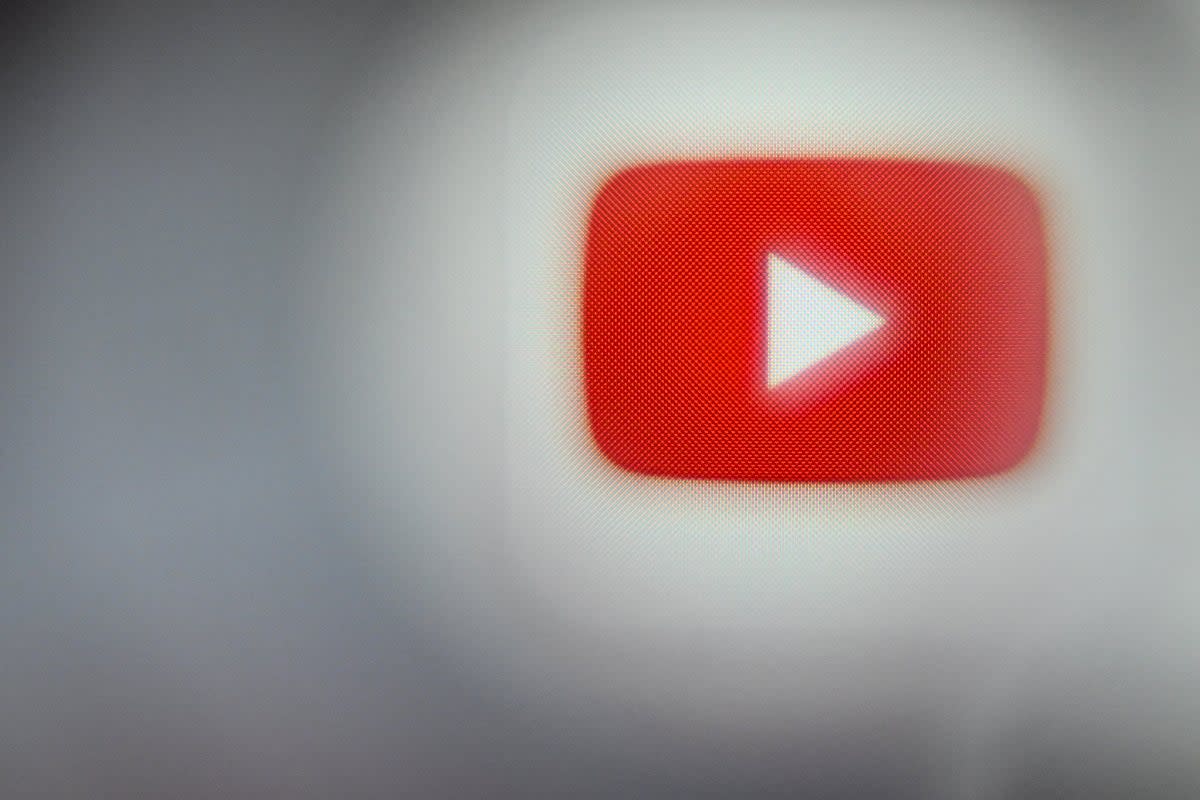YouTube hits 100 million subscribers as people turn to it for music streaming

YouTube has gathered 100 million subscribers across its music and premium subscription services, it says.
The video company offers a variety of different streaming options, focused primarily on allowing people to watch without ads and to listen to music.
YouTube’s paid-for service was launched in 2015, under the name YouTube Red, and with a variety of original, premium-only content. It has since dropped both ideas as part of a wide-ranging changes, and is now called YouTube Premium.
The 100 million subscribers includes those holding trials and is up 20 million members in just over a year. That was from “modest expectations” at the launch, company representatives had said.
YouTube said that many had doubted whether the subscription could be a successful model on the site. But today many people are using it as their music listening service as well as watching more traditional YouTube videos, it saad.
“In 2015, many doubted a subscription model could thrive on YouTube. They said the market was crowded and our platform was too different. Today – 100 million subscribers later – our distinctiveness is precisely what drives our success and why I still see so much room for growth,” wrote Lyon Cohen in an opening letter celebrating the number.
“Having been at YouTube when we conceived of the subscription service, 100 million customers felt like a distant possibility,” said Robert Kyncl, chief executive of Warner Music. “Today, it’s yet another signpost on a journey of extraordinary growth.”
Others had also doubted whether it would be possible to have both a subscription and a free service that is paid for with advertising, Adam Smith, YouTube’s vice president for product, told The Independent. While other companies have had both free and premium offerings before, he pointed to YouTube’s success in offering different bundles – such as a subscription only for music.
“You could say we had very modest additional expectations, just we had no idea how big or broad this product would get,” he said. “And then we've just as we've learned, and the demand has snowballed, we've been able to get more sophisticated about pricing and growth in different market.”
As with many video and music services, YouTube has increased the pricing of its premium offerings recently. It also comes as many customers complain about the possibility of “subscription fatigue”, as they are asked to sign up for more and more services.
Mr Smith said that YouTube sees itself as being its own “product, category and lane”, and so avoids competition and comparison with both music and video streaming. While that has also led to some confusion about what exactly YouTube premium is, it has matured into a service that can be either a video platform or a music streaming service, or both, he said.
Mr Smith did not indicate what the initial targets for growth had been when YouTube Red was launched in 2015, but said that it was “modest” since subscriptions were new to YouTube and it was not clear how much demand there would be for “this very specific set of features”, he said. It is hard to compare the product to what it was then as it has undergone so many changes, he said.
He also refused to indicate how fast YouTube expects to grow, such as when it aims for the next 100 million subscribers. But he said that YouTube and Google more broadly have “very aggressive growth projections” that would come in part by offering new features such as generative artificial intelligence tools.

